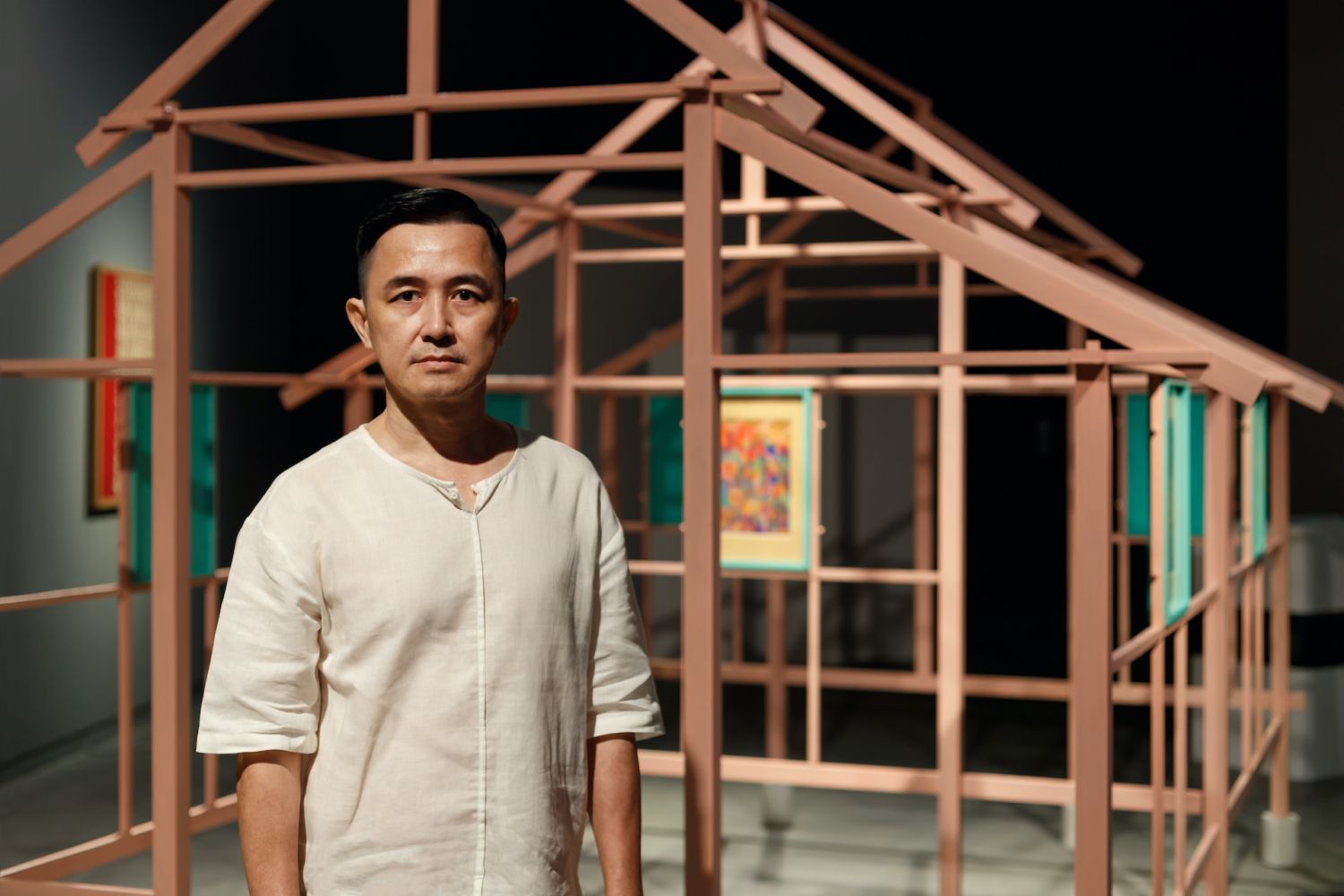An exploration of man’s relationship with the built environment, artist Leon Leong's exquisitely detailed artwork in an ongoing exhibition titled Stilt Houses-The Floating World of Kampung Baru is also a meditation on change
An artist's process is as highly individual as the artwork. For Malaysian artist Leon Leong, whose work revolves around portraits of people and the spaces they inhabit, Leong's process involves taking up residence in a community before translating these into intimate studies of its residents in their "natural habitats."
His latest exhibition, Stilt Houses–The Floating World of Kampung Baru, is at the inaugural Ilham Art Show at Ilham Gallery from now until October 23, 2022, and features seven miniature paintings and an installation. This suite of works chronicles the history and socio-cultural significance of Kampung Baru in Kuala Lumpur and the monumental changes it faces at this present time.

Leong spent several months living here to capture life in this rustic enclave where traditional stilt houses are juxtaposed against looming skyscrapers. The results are an intricate set of miniature paintings, each anchored by a set of structures where past and present residents of Kampung Baru play out their lives in these architectures as if in a stage set.
These seven miniatures are presented in an installation titled Stilt House No.1. Working with local wood design firm Lain, the wooden structure forms the foundation of indigenous architecture and features traditional Tanggam joinery.
Tatler spoke to the artist to peel back the layers of his multifaceted work.
Don't miss: Ask a Designer: How to Create a Modern Asian Look in Your Home












